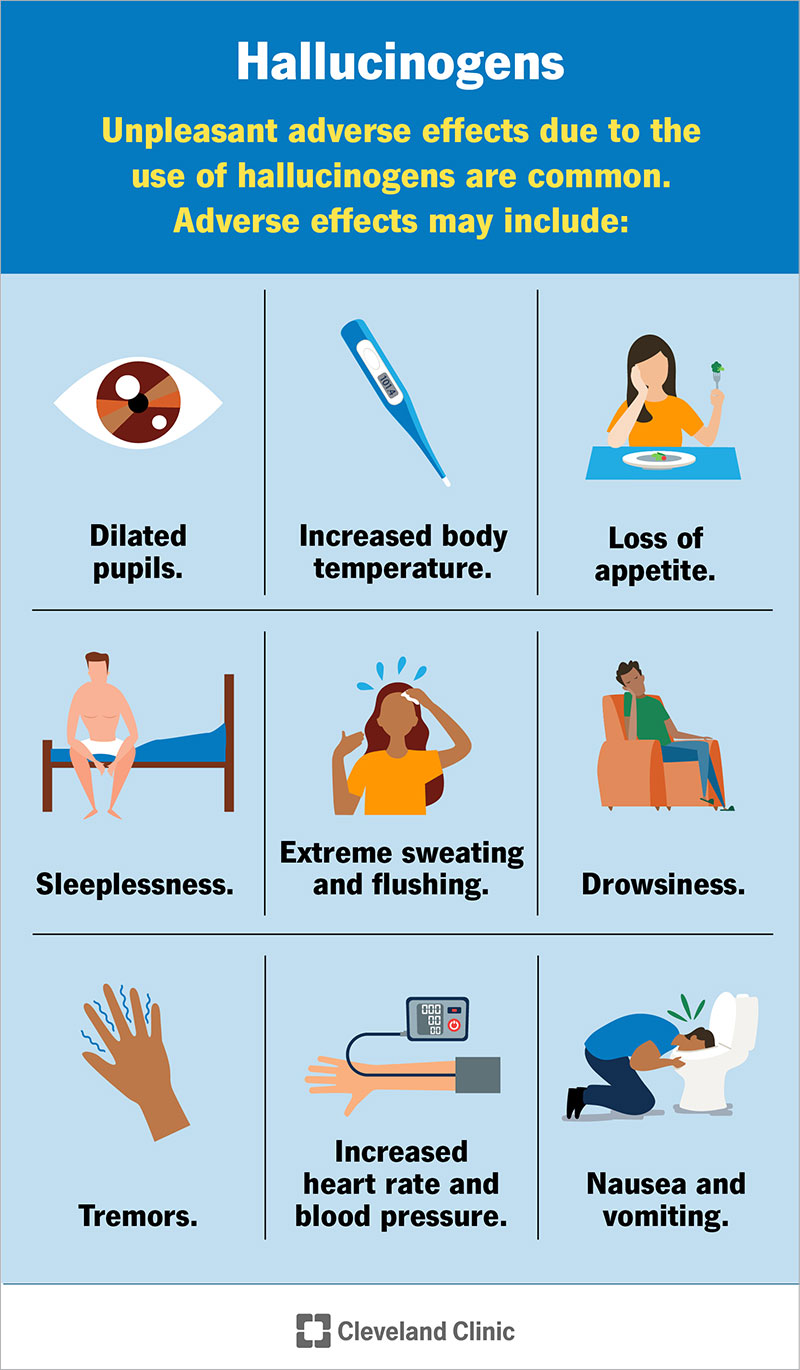Understand Fully About Golden Psycho and Its Influence.
All Regarding Psychotomimetic Substances: Their Duty in Psychological Research
Psychotomimetic substances, such as LSD and psilocybin, have amassed raising interest in mental study for their capacity to duplicate psychotic signs and provide insight right into numerous psychological health disorders. Their interactions within the brain, specifically via serotonin and dopamine paths, recommend a complicated relationship between consciousness and neurobiology that may open unique healing avenues. As researchers proceed to examine their possible applications, honest considerations bordering their usage in clinical settings become vital, increasing critical inquiries regarding safety and notified consent that necessitate more expedition.
Meaning of Psychotomimetic Compounds
In the realm of mental research, psychotomimetic compounds are compounds that can cause effects appearing like those of psychosis, such as hallucinations, delusions, and altered assumptions of reality - About Golden Psycho. These substances can be classified into numerous classifications, including hallucinogens, dissociatives, and particular stimulants, each creating unique emotional results
The medicinal activity of psychotomimetic substances typically entails modulation of natural chemical systems, particularly those pertaining to serotonin, dopamine, and glutamate. Materials like lysergic acid diethylamide (LSD) mostly act on serotonin receptors, leading to profound modifications in sensory assumption and cognition.
The utility of psychotomimetics in research hinges on their capacity to simulate psychotic symptoms, supplying a version for understanding the underlying systems of psychotic problems such as schizophrenia. By examining the effects of these substances, scientists can get insights right into the neurobiological and mental processes that add to psychosis.
Additionally, psychotomimetic substances have actually been discovered for their restorative potential in treating different psychological wellness problems, consisting of anxiety and stress and anxiety, highlighting their twin role in both study and prospective professional applications.
Historic Development and Context
The expedition of psychotomimetic substances has a rich historical context that dates back to old people, where compounds such as psilocybin mushrooms and peyote were utilized in spiritual and recovery techniques. These early uses commonly intertwined with spiritual routines, recommending an extensive respect for the transformed states of consciousness generated by these compounds.
The mid-20th century noted a considerable pivotal moment in the research study of psychotomimetic substances, specifically with the synthesis of LSD by Albert Hofmann in 1938. The succeeding popularization of LSD in the 1960s catalyzed a wave of passion in both its emotional impacts and potential therapeutic applications. Scientists began to investigate just how these substances might resemble psychotic states, providing understandings right into mental disease.
Nonetheless, the enhancing organization of psychotomimetics with counterculture motions brought about governing backlash, finishing in the criminalization of many of these substances. Despite these challenges, the revival of interest in the restorative possibility of psychedelics in the 21st century has motivated restored study. This historical trajectory highlights the advancing perception of psychotomimetic compounds, changing from spiritual compounds to subjects of clinical query and, potentially, therapeutic promise.
Mechanisms of Action
Understanding the mechanisms of activity of psychotomimetic compounds reveals the complex methods these substances engage with the mind's neurochemistry. These compounds primarily apply their results via inflection of natural chemical systems, especially serotonin, dopamine, and glutamate.
In addition to serotonin, dopaminergic paths are considerably influenced by compounds like mescaline and particular cannabinoids, which can cause transformed states of awareness and adjustments in mood and motivation. Moreover, the NMDA receptor antagonism observed with substances like ketamine highlights one more pathway with which psychotomimetics might generate dissociative states and extensive modifications in assumed processes.
The neurochemical waterfalls launched by these interactions lead to facility and multifaceted psychological results. Comprehending these devices is essential for both the innovation of mental research study and the therapeutic possibility of psychotomimetic compounds, as they offer understandings into the underlying neural correlates of altered states of awareness.
Current Research Study and Applications
Recent investigations into psychotomimetic compounds have revealed a resurgence of rate of interest in their healing applications, particularly in the areas of psychiatry and psychology. Researchers have started exploring substances such as psilocybin, LSD, and ayahuasca for their possible to ease signs and symptoms connected with different mental wellness conditions, consisting of anxiety, anxiousness, and PTSD.
Clinical trials have actually shown that, when carried out in controlled environments, these compounds can facilitate extensive mental experiences, promoting psychological innovations and boosted restorative end results. Researches have actually revealed that psilocybin-assisted treatment can lead to considerable decreases in treatment-resistant clinical depression, with effects lasting for numerous months post-treatment.
Additionally, psychotomimetic substances are being evaluated for their ability to promote neuroplasticity, potentially permitting for more effective rewiring of maladaptive idea patterns. These findings recommend that such substances may function as adjuncts to standard psychotherapeutic techniques, enhancing the effectiveness of healing treatments.
As research advances, the focus is moving towards comprehending the optimal dosages, healing settings, and participant features that can take full advantage of the advantages of these substances. This burgeoning field holds assurance for transforming mental wellness treatment paradigms and resolving the constraints of standard psychiatric medications.
Ethical Considerations in Research Study

Navigating the ethical landscape of research study involving psychotomimetic compounds is crucial to making certain individual safety and the honesty of research results. Scientists have to focus on enlightened approval, making sure that participants totally comprehend the prospective risks and benefits related to the substances being studied. This consists of giving comprehensive info regarding feasible mental results, including acute and lasting influences, and enabling individuals the opportunity to withdraw from the research study at any moment scot-free.
Furthermore, moral oversight by institutional evaluation boards (IRBs) is necessary. IRBs examine study protocols to guard participant well-being and promote ethical criteria. This analysis helps alleviate dangers and makes certain that research studies are carried out with scientific rigor. Additionally, the potential check over here for threat should be carefully assessed, specifically when at risk populations are involved.
Privacy is one more critical consideration. Researchers have to execute robust actions to secure participants' identities and data, especially offered the sensitive nature of experiences connected with psychotomimetic compounds (About Golden Psycho). Inevitably, a dedication to honest practices not only promotes click for info depend on between scientists and participants but also improves the reliability and validity of the research study results, adding to the development of emotional understanding

Verdict
To conclude, psychotomimetic substances, specifically timeless psychedelics such as LSD and psilocybin, offer substantial insights right into psychological conditions via their special systems of action. Their restorative capacity in addressing problems like anxiousness and PTSD emphasizes the significance of ongoing research study in this area. Nevertheless, making certain ethical criteria in research study practices is essential for important source participant security and educated permission, permitting a liable exploration of these substances' advantages and implications within mental science.